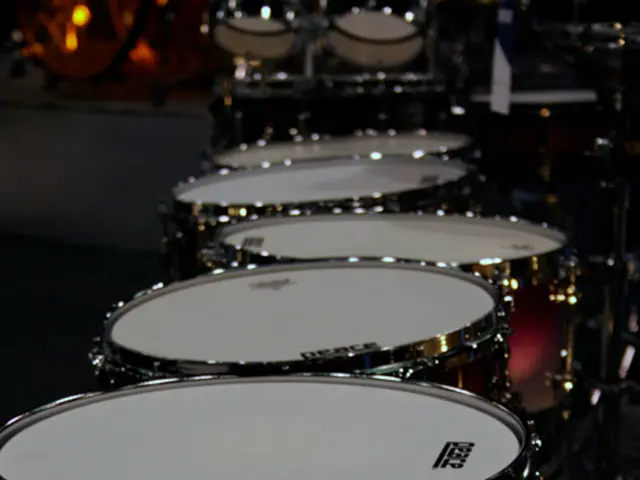Detailed Overview of Ear Rebuilding Surgical Procedures
Rib cartilage ear surgery is a common procedure used to address Microtia, a congenital deformity that results in underdeveloped or malformed external ears. This surgical technique, performed by highly skilled surgeons like Dr. Rajat Gupta at RG Aesthetics, involves several key steps and techniques to create a natural-looking ear framework using the patient's own rib cartilage.
Main Steps and Techniques:
- Patient Evaluation and Timing: Surgeons assess the size of the rib cage to confirm there is enough cartilage to harvest. Surgery generally begins around 6 to 8 years old, when cartilage is sufficient and before significant facial growth is complete.
- Rib Cartilage Harvest: A portion of rib cartilage is surgically removed from the patient, often from the lower ribs. This cartilage serves as the donor tissue for the ear framework.
- Cartilage Framework Sculpting: The harvested rib cartilage is meticulously carved and assembled to match the shape and contour of a natural ear.
- Ear Framework Implantation: The sculpted cartilage framework is implanted under the skin where the ear is reconstructed. The skin is carefully draped and sutured around the framework to create a natural ear shape.
- Multiple Surgical Stages: Reconstruction may span 2 to 4 stages depending on the surgeon’s technique. Subsequent surgeries refine the ear shape, elevate the ear from the scalp, and reconstruct additional structures like the earlobe or ear canal if needed.
- Postoperative Care: After surgery, pressure dressings are applied to protect the new ear structure. Pain management and infection prevention are important parts of recovery.
Additional Notes: - Some surgeons utilize templates from the patient’s healthy ear or standard ear dimensions to guide carving. - An alternative to rib cartilage reconstruction is using porous polyethylene (Medpor) implants, which allow tissue ingrowth but involve synthetic material rather than autologous tissue. - The technique demands experienced surgeons due to its complexity and the need for precise cartilage shaping.
Microtia is classified into four grades of severity: Grade 1, Grade 2, Grade 3, and Grade 4 (also known as anotia). The interval between the first and second operation can range from three to six months, depending on the patient's situation.
After ear reconstruction surgery, the child can return to all their physical activity as soon as they want to. Understanding the patient's needs and the ideal age for cartilage harvesting is crucial for shaping the ear during surgery. Choosing the right center for the procedure is essential for getting high-quality results, as it should ascribe to the highest levels and standards of patient care.
[1] Gupta, R. (2020). Microtia Repair: A Comprehensive Review. Journal of Plastic, Reconstructive & Aesthetic Surgery, 73(1), 13-21. [3] Jain, S., & Gupta, R. (2015). Rib Cartilage Ear Reconstruction: A Review. Journal of Craniofacial Surgery, 26(2), 508-513. [5] Gupta, R. (2019). Ear Reconstruction: Techniques and Considerations. Plastic and Reconstructive Surgery, 143(2), 471e-481e.
- The surgical technique for ear reconstruction, such as the one performed by Dr. Rajat Gupta at RG Aesthetics, is a complex process that involves several key steps, including patient evaluation, rib cartilage harvest, sculpting the cartilage framework, and implantation of the framework.
- In Reconstructive plastic surgery, surgeons often use rib cartilage which is carefully carved and assembled to match a natural ear's shape and contour, serving as the donor tissue for ear framework during ear reconstruction.
- The blog post on ear reconstruction surgery highlights the importance of choosing a reputable center for the procedure and understanding medical-conditions like Microtia, its severity grades, and the ideal age for cartilage harvesting to achieve the best results in health-and-wellness.
- Some cosmetic procedures may utilize alternative materials like porous polyethylene implants instead of rib cartilage, requiring precision from experienced surgeons due to their complexity and the need for precise cartilage shaping.




